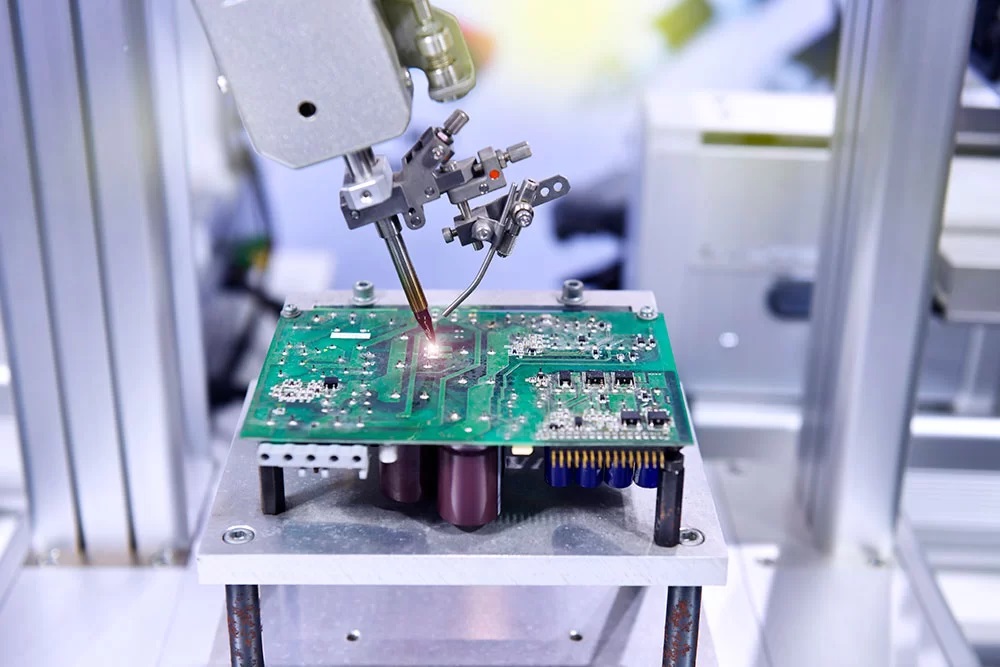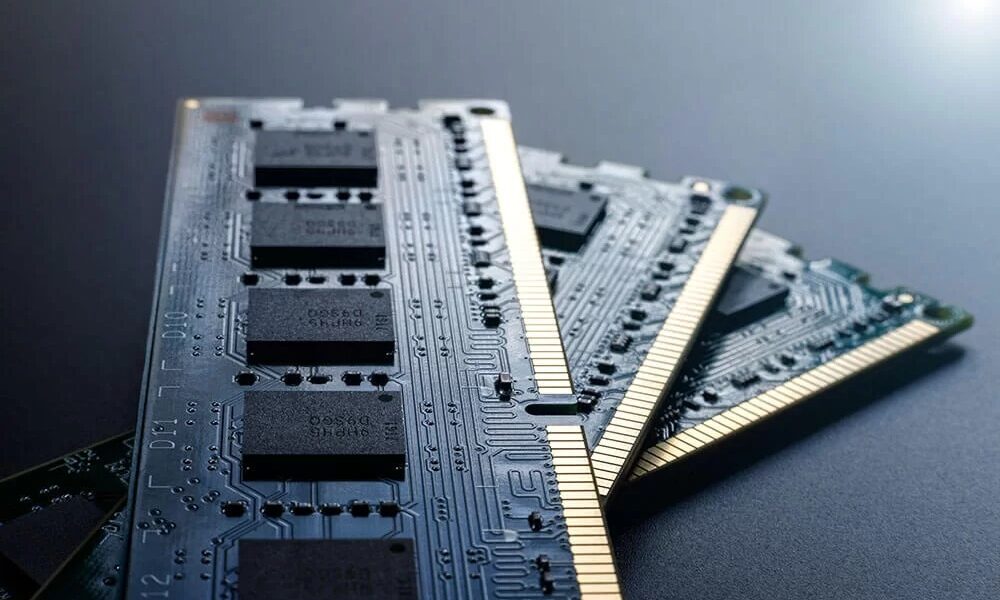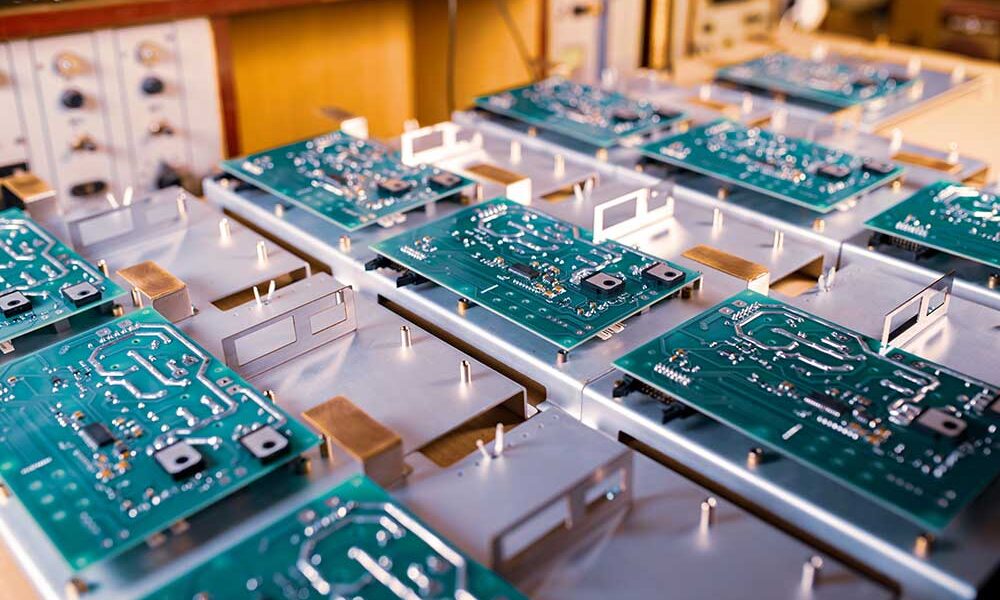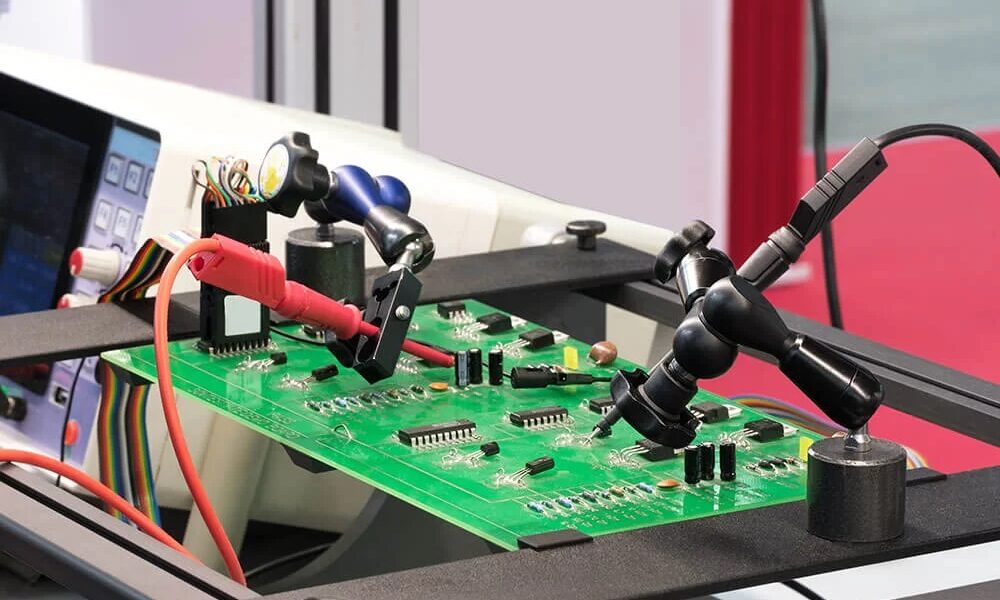In today’s increasingly competitive world, manufacturers must find ways to produce electronic goods faster, cheaper and with fewer defects. One of the most effective methods for achieving this is utilizing surface mount technology (SMT) assembly.
We’ll discuss what SMT assembly is and how it works, give a brief overview of the soldering process, and explore best practices for SMT assembly. By the end of this article, you will have a basic understanding of SMT assembly and its importance in producing highly reliable electronic components.
What is SMT assembly
SMT assembly, or Surface-mount technology assembly, is a method of placing electronic components on printed circuit boards (PCBs) by soldering them in place. Instead of through-hole components which are connected to PCBs with leads inserted through holes in the board, SMT components are placed directly on the PCB’s surface.
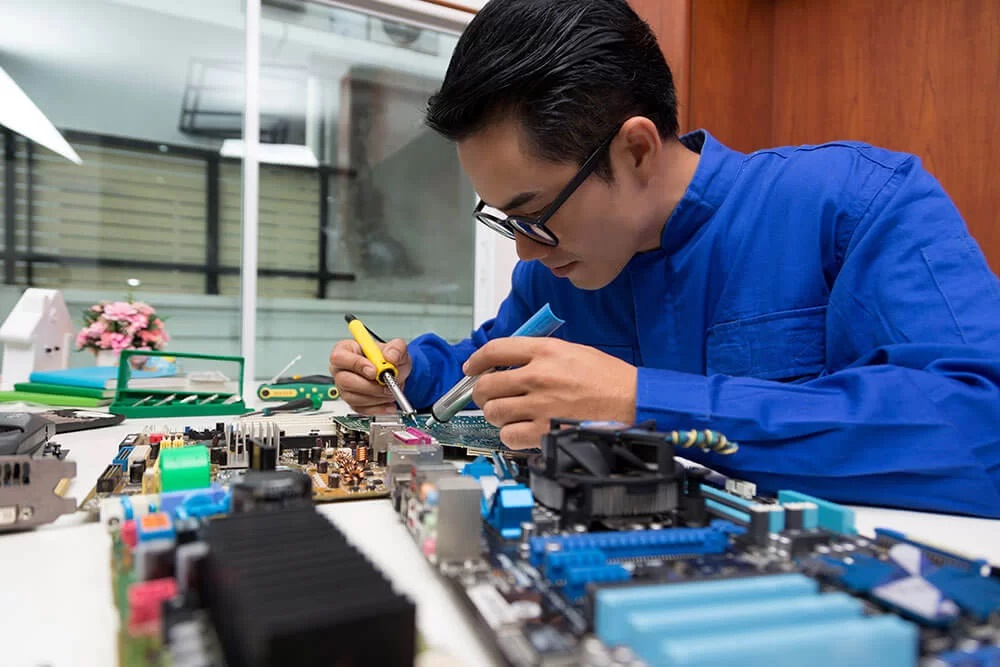
SMT components are placed using automated machines which can register and place the components with extreme precision. The soldering process can be achieved using a number of different techniques, including reflow soldering, wave soldering or manual soldering. Soldering the components in place is an important part of the process, as the connection must be made to complete the electrical pathways. SMT assembly is an important part of the PCB fabrication process, and is widely used in the electronics industry. Let’s take a look at the Common Mistakes to Avoid When Building a Prototype Circuit Board.
What is soldering
Soldering is a process used to join two metal components together via a low melting point metal alloy (solder).
There are two main types of soldering: soft soldering (which requires a temperature of 90°C to 450°C) and hard soldering (which requires a temperature of 450°C or higher).
In PCB applications, soft soldering is usually used because the materials need to be melted can be below 450°C. Once the two metals have been joined by the molten solder, they form a strong, durable bond.
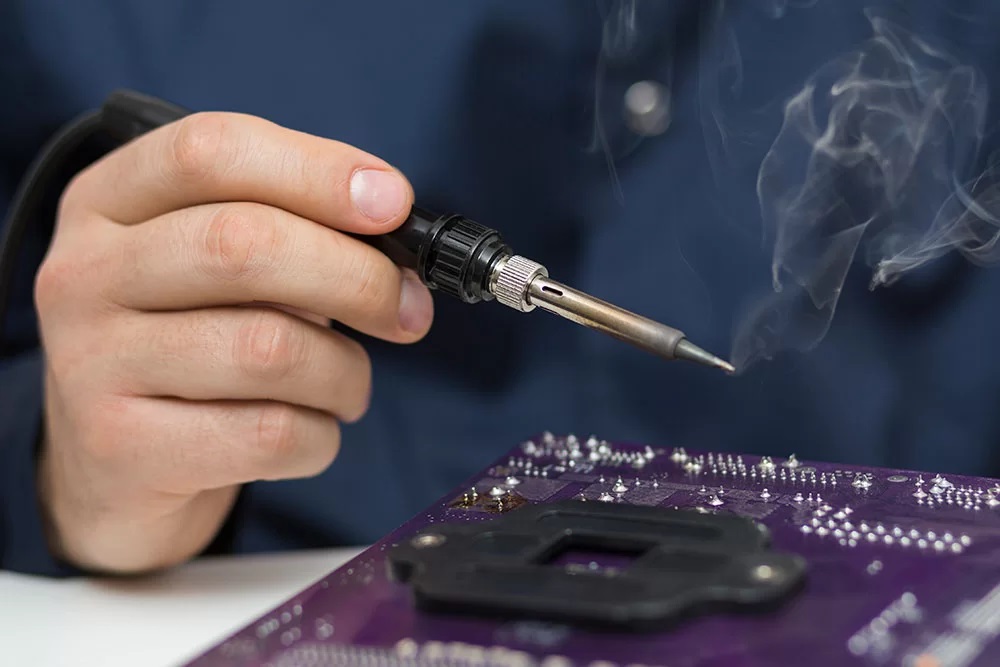
What Type of Solder is Used for Soldering Components in PCB ?
Lead-free (Sn-Cu) rosin core solder is a type of solder that is commonly used in the process of soldering components in PCB boards. It is a non-toxic mix of tin and copper that provides an effective bond between the components and the board due to its low melting point and strong electrical conductivity. It can also be used to create good thermal connections for components that require high power levels.
Additionally, lead-free (Sn-Cu) rosin core solder is one of the best options for protecting the PCB from environmental damage, as it is resistant to corrosion and oxidation. As a result, it is the more commonly used type of solder for soldering components in PCB boards.
About SMT assembly Process
The SMT assembly process is the process of attaching electronic components to the substrate of printed circuit boards (PCBs) through surface-mount technology. It involves several steps, including component placement, reflow soldering, wave soldering, pick and place, testing and inspection.
Each step requires highly precise and accurate tools and robotics to ensure that components are effectively and efficiently soldered onto the board. The SMT assembly process can be done manually or with automated equipment, and is widely used in electronics manufacturing due to its increased speed, accuracy and cost savings.
SMT Process
- Component Placement: Selecting and positioning components on the PCB
- Solder Paste Application: Applying solder paste to the PCB
- Component Soldering: Applying heat to solder the components
- Reflow Soldering: Passing the PCB through a conveyor heated oven to solder the components
- Inspection: Inspecting the quality of the assembled components
- Final Testing: Testing the functional performance of the assembled PCB
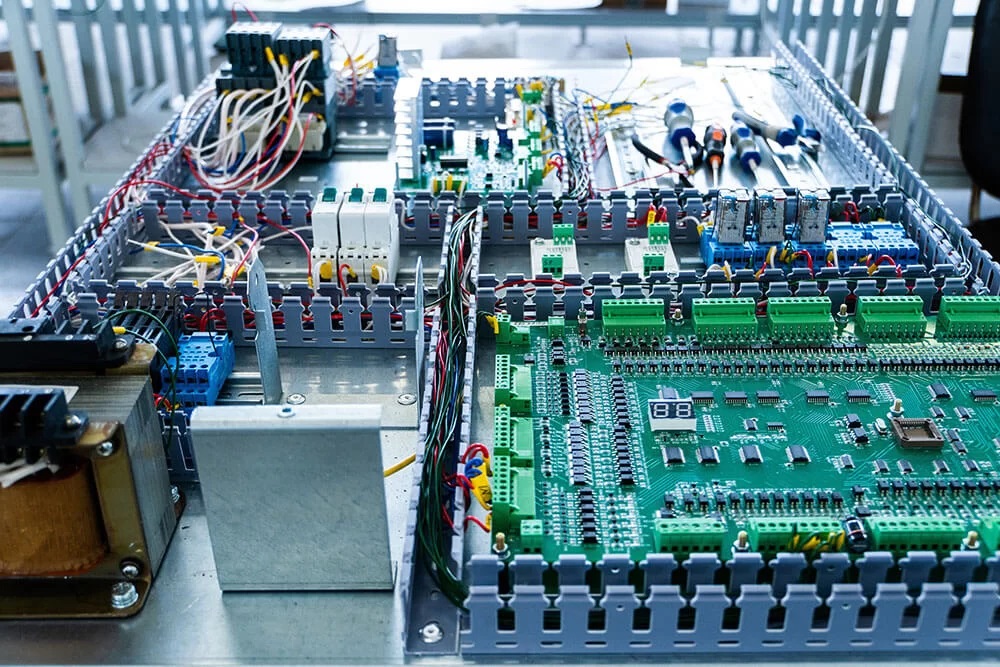
Best Practices for SMT Assembly
When working with SMT assembly, there are several best practices that can help ensure a successful and quality-oriented process. First, having an experienced and well-trained team of solderers and technicians is essential for properly handling SMT components. Topfast has a professional and highly trained team who can provide a one-stop PCB OEM service to meet your needs. Additionally, it’s important to thoroughly clean the PCB prior to assembly to ensure an effective and reliable electrical connection. Using suitable storage and handling procedures will also help prevent damage to sensitive components during the assembly process. Finally, it’s essential to use the appropriate equipment for precise and reliable soldering. Following these basic best practices can help to ensure a successful and reliable SMT assembly process.

